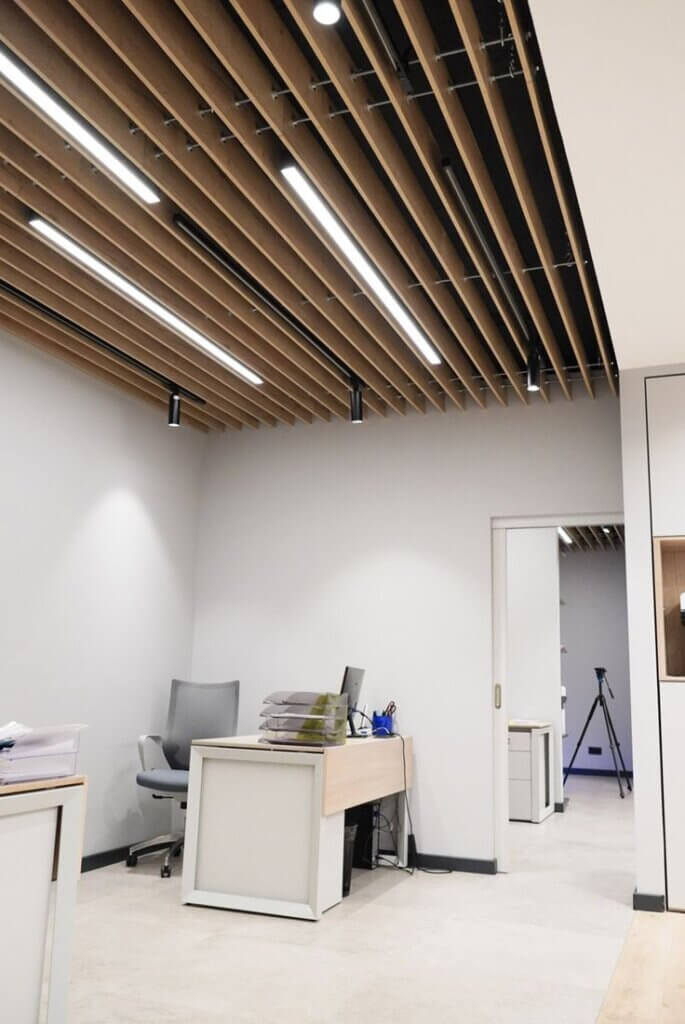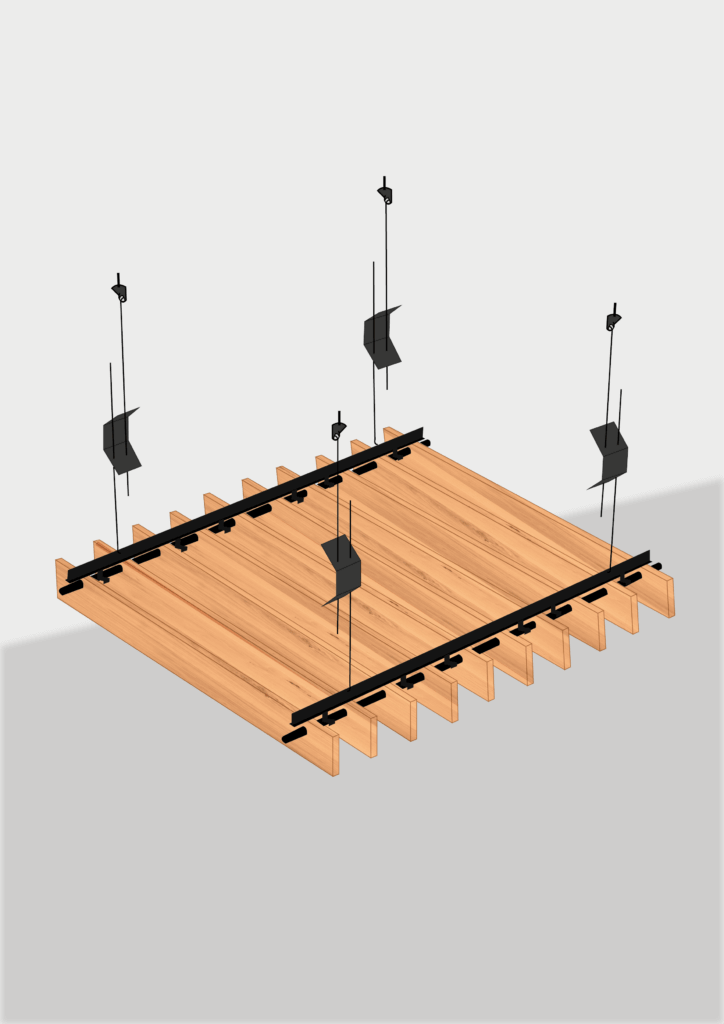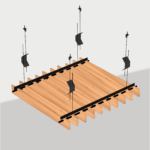Borulu Tavan Paneli
Ürün Açıklaması
Teknik Özellikler
- Malzeme: Masif Ağaç, MDFLAM, Doğal Kaplama veya Lake Boya
- Kalınlık: 8 mm, 18 mm, 25 mm
- Paneller Arası Mesafe: 50 mm veya istenilen ölçüde.
- Panel Uzunluğu: 1380 mm, 2400 mm ve 2750 mm
- Kenar Detayları: Kenar bantlı
- Yangına Dayanımı: B s2 d0, D s2 d0
- Uygulama Şekli: T24 ve askı telleri ile asılır






